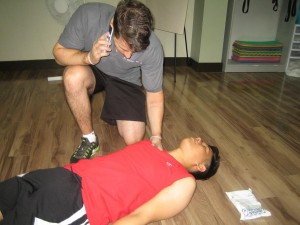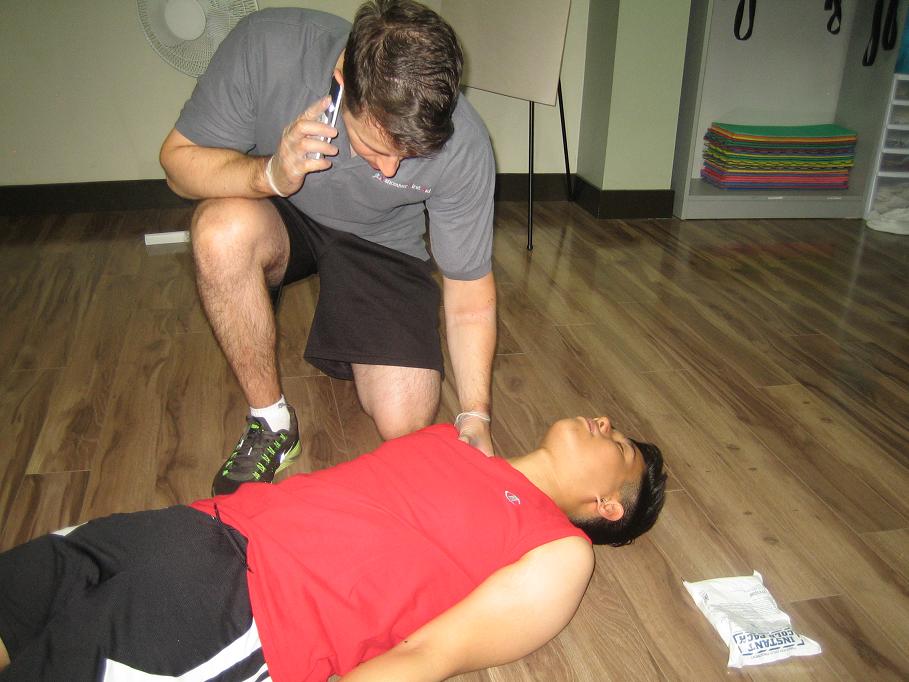Car accidents may result in a neck and / or head injury that can be life threatening or may result in a serious disability. A whiplash injury is most common in a car and motor vehicle accident resulting in a spinal injury caused by a rear impact. The patient usually suffers from sudden severe pain from the neck that may spread throughout the shoulder and down the arms. The head may also be traumatized and can result in headache, dizziness, nausea and difficulty of moving the neck accompanied with a severe pain.
https://www.youtube.com/watch?v=brWQ0LozKLc
What is a Whiplash Injury?
The injury occurs in the neck involving the cervical spine. The common signs and symptoms of the condition manifest as a pain on the lower neck accompanied by stiffness that makes the neck movement difficult. The pain on the neck is caused by the injury on the ligaments and cervical discs that serve as cushion between the vertebral bones of the spine due to the sudden or violent movement on the neck during an impact such as a car accident.
Basic First Aid Management For Whiplash

When a car accident occurs, knowing what to do at the site of the accident is important in order to protect the person against the potential complications that may result from a head or neck injury. In certain cases, a seizure may occur if severe traumatic head injury takes place. Protecting further injuries to the person who just had a whiplash condition is crucial in order to provide adequate support on the cervical spine and head and to avoid possible nerve damage and serious bone injuries to the affected area.
- Call 911 immediately and proceed at the site of a car accident.
It is important for a professional medical team to arrive at the area to provide adequate medical treatment to a person who has a whiplash injury. Patients with this kind of injury require professional help and will need serious medical treatment and diagnostic management to check for broken bones and damaged nerves. Make sure to clear the area and provide better ventilation to the person.
- Immobilization
It is best to keep a person with a head and neck injury to remain immobilized until a professional team arrives. The improper mobilization of the person’s head and neck may result to more severe complications however and providing a neck support can help relieve the pain and will make the person more comfortable and will keep the head and neck protected against movement.
- Apply ice on the affected neck
When minor whiplash injury occurs in the absence of fracture, bone injury and disc displacement, you can apply an ice to relieve muscle tension on the neck.
- Support the neck and head with a pillow
Placing a small pillow under the neck when the person is lying will keep the cervical spine aligned and the head supported.
Taking Basic First Aid Training
Taking a first aid training and basic CPR course is a something practical that can help you save life and learn how to provide adequate life support to persons with serious head and spinal injuries.
References:
Spine-Health. Factors Affecting the Whiplash Injury. Retrieved May 28, 2014 from http://www.spine-health.com/conditions/neck-pain/factors-affecting-whiplash-injury.
Zhang, Y. et al. (2014). Traumatic Brain Injury Using Mouse Models. Translational Stroke Research.

